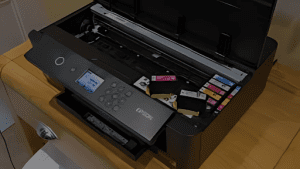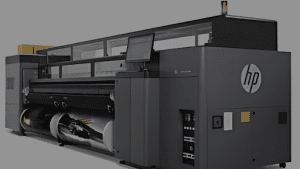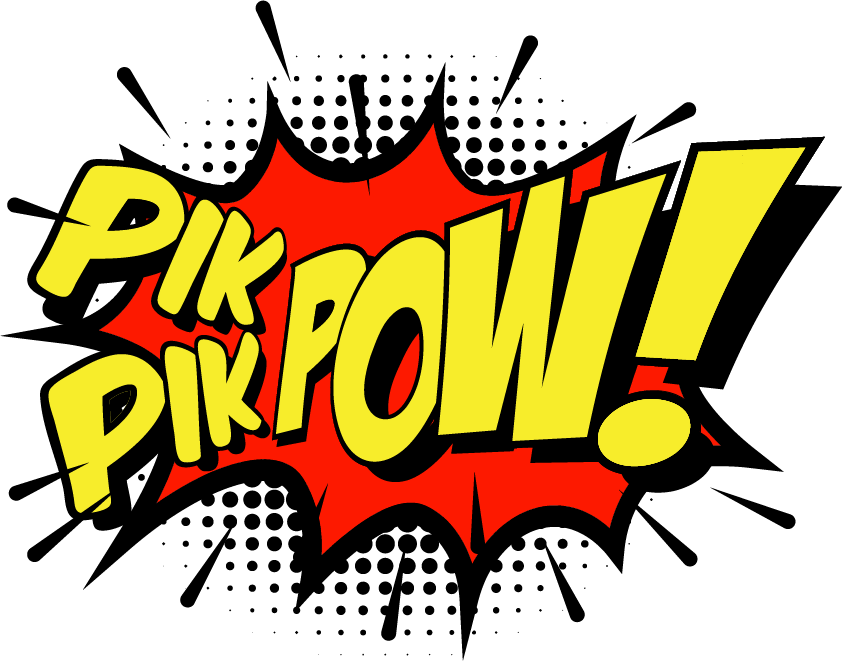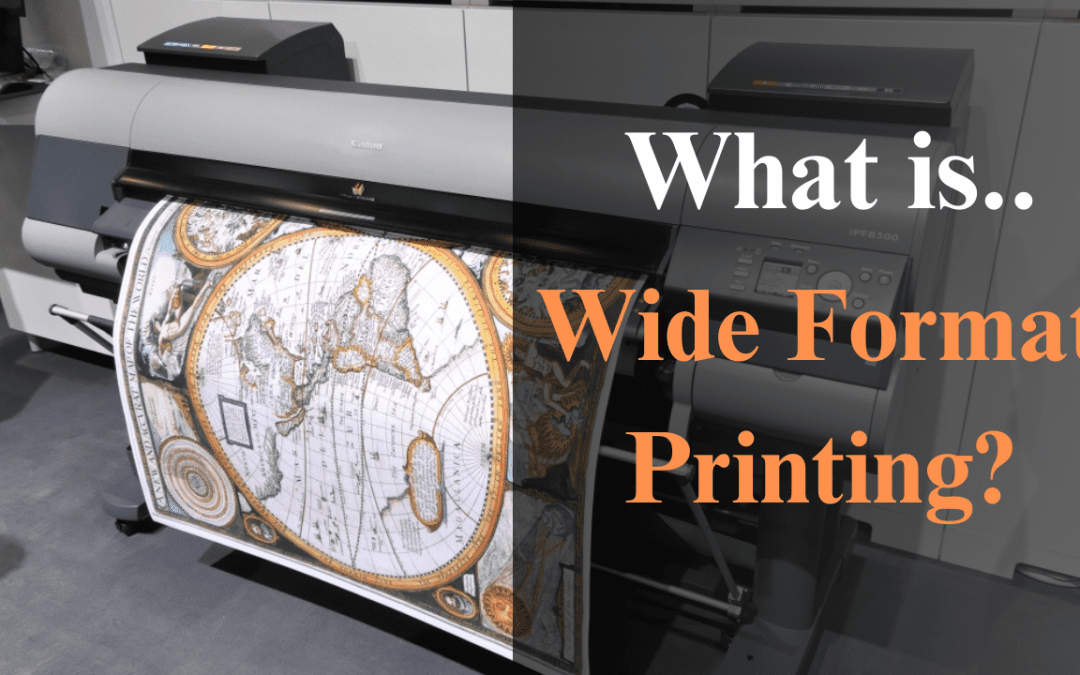Wide-format printing, also called large-format printing, is a procedure that gives authorization for generating large-scale prints, excellent for manufacturing recognition-grasping marketing materials. With applications extending from banners to vehicle signs, wide-format printing has become crucial in both trading and creative industries. This guide jumps into everything you need to know, from its development and current industry trends to its advantages and influence on business.
What is Wide Format Printing?
It is a specialized printing procedure that controls media broadness, especially those of standard printing. Usually starting from 600mm wide and increasing up to several meters, wide-format printing allows businesses to generate large-scale, elevated-quality graphics on a diversity of materials, incorporating vinyl, canvas, fabric, and more.
It can be differentiated by its high-resolution outputs, making it perfect for advertising, trade show materials, manufacturing blueprints, and other applications that need large visuals and crisp details. This printing technique goes beyond standard office printing by presenting modifications according to requirements, increased ability to last, and realistic colors that stay consistent over expansive surfaces.
The Evolution of Wide Format Printing
This industry has come a long way, expanding from basic, large-scale posters to today’s cutting-edge, high-visibility visual advantages. Here’s a fast look at how the technology has developed:
- Early Beginnings:
Wide-format printing began with simple inkjet technology, primarily for indoor posters and temporary signage.
- Digital Advancements:
With this in the late 20th century, it changed, permitting businesses to generate weather-resistant and UV-protected prints.
- Modern Innovations:
It offers environment-friendly inks, automated workflow solutions, and increased media closeness, encountering the needs of multiple industries with high-quality, fast-turnaround potential.
Opportunities and Benefits
It emirates several business chances by giving high-quality, large visuals that are ideal for both indoor and outdoor use. Here are some methods it can assist businesses:
- Brand Visibility:
With huge banners, billboards, and signage, brands can make an instant belief, guaranteeing that their messages reach a broader audience.
- Customization Options:
Businesses can choose from numerous materials and finishes, such as shiny, matte, or weather-resistant, permitting for highly customized output.
- Durability:
Outdoor-ready inks and materials mean that businesses can display their messages over time in any weather condition with minimal degradation.
- Variety of Applications:
From retail displays and trade shows to construction sites and educational campuses, wide format printing has diverse uses that cater to various industries.
- Cost-Effectiveness:
Compared to producing multiple smaller prints, wide format printing often reduces production time and labor costs, making it a budget-friendly choice for large visuals.
Types of Wide Format Printers and Inks
Many types of wide-format printers and inks cater to particular project needs, each providing distinctive features in terms of color, lastingness, and suitability for numerous media types.
- UV-Cured Ink Printers:

They are cured using UV light, generating energetic, water- and dust-resistant prints perfect for outdoor applications.
Eco-Solvent Printers: 
They are an eco-friendly option that generates long-lasting prints without damaging chemicals.
Dye and Pigment-Based Printers: 
They provide high color vibrancy, satisfactory for indoor exhibitions, while pigment-based inks give long-lasting quality for archival projects.
Latex Printers: 
Known for fast drying power and flexibility across multiple layers, it is well-liked for high-demand, short-turnaround applications.
Sustainable Practices
In recent years, with the advancement of technology, manufactures have really focused on reducing the carbon footprint, for example:
- Eco-Friendly Inks:
Many creators now provide low-VOC, eco-solvent, and latex inks that diminish environmental influence.
- Recyclable Media:
Some support printing on recyclable or biodegradable materials, providing waste-limiting.
- Energy-Efficient Equipment:
Newer printers are outlined to use less energy and use refillable ink cylinders, reducing waste and make it sustainable.
Conclusion:
Wide format printing is at the forefront of both printing and media technology. With its potential to generate high-quality, long-lasing graphics on numerous materials, it is essential for a variety of marketing, branding, and informational needs. Whatever you’re industry, wide-format printing can certainly help raise your brand’s visibility.
FAQs
Q1: What types of materials can be used in wide-format printing?
It can be applied to a range of materials, incorporating vinyl, canvas, fabric, paper, wood, and even metal, depending on the printing tools used.
Q2: Is wide format printing suitable for outdoor use?
Yes, it is perfect for outdoor applications
Q3: How long do wide-format prints last?
The lifespan of a wide-format print rally on the type of ink and material used. UV-resistant and pigment-based inks can last numerous years outdoors, while dye-based inks are more right for short-term signs or indoor exhibition.
Q4: Can wide format printing be eco-friendly?
Yes, many printers now use eco-friendly inks and recyclable materials, generating it a maintainable selection for businesses pointing to diminish their environmental footprint.
Q5: What industries benefit the most from wide-format printing?
Retail, real estate, establishments, events, and advertising sectors regularly use wide format printing for effect causing visual displays, signage, blueprints, and promotional materials.


